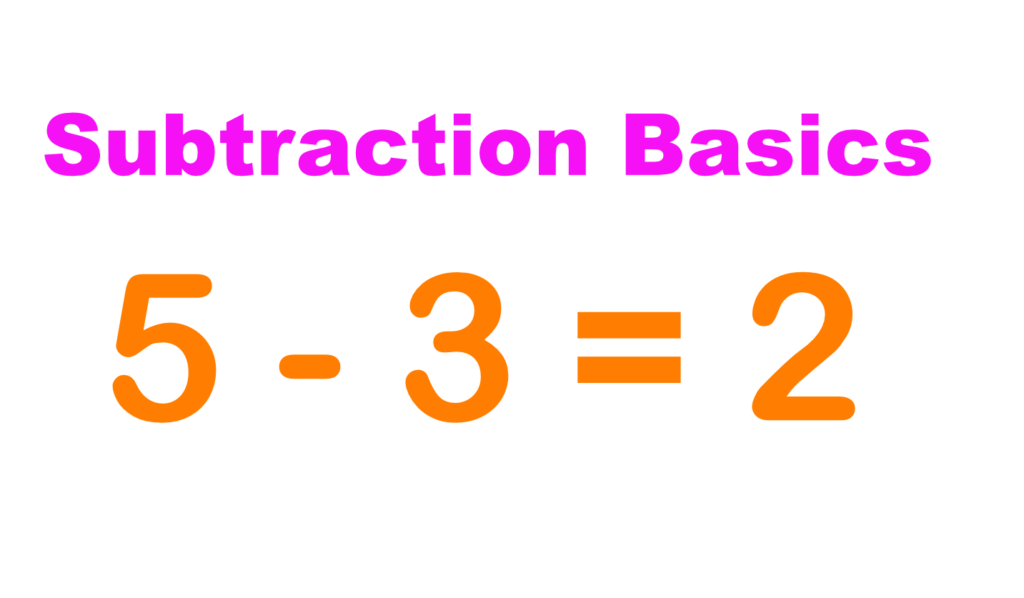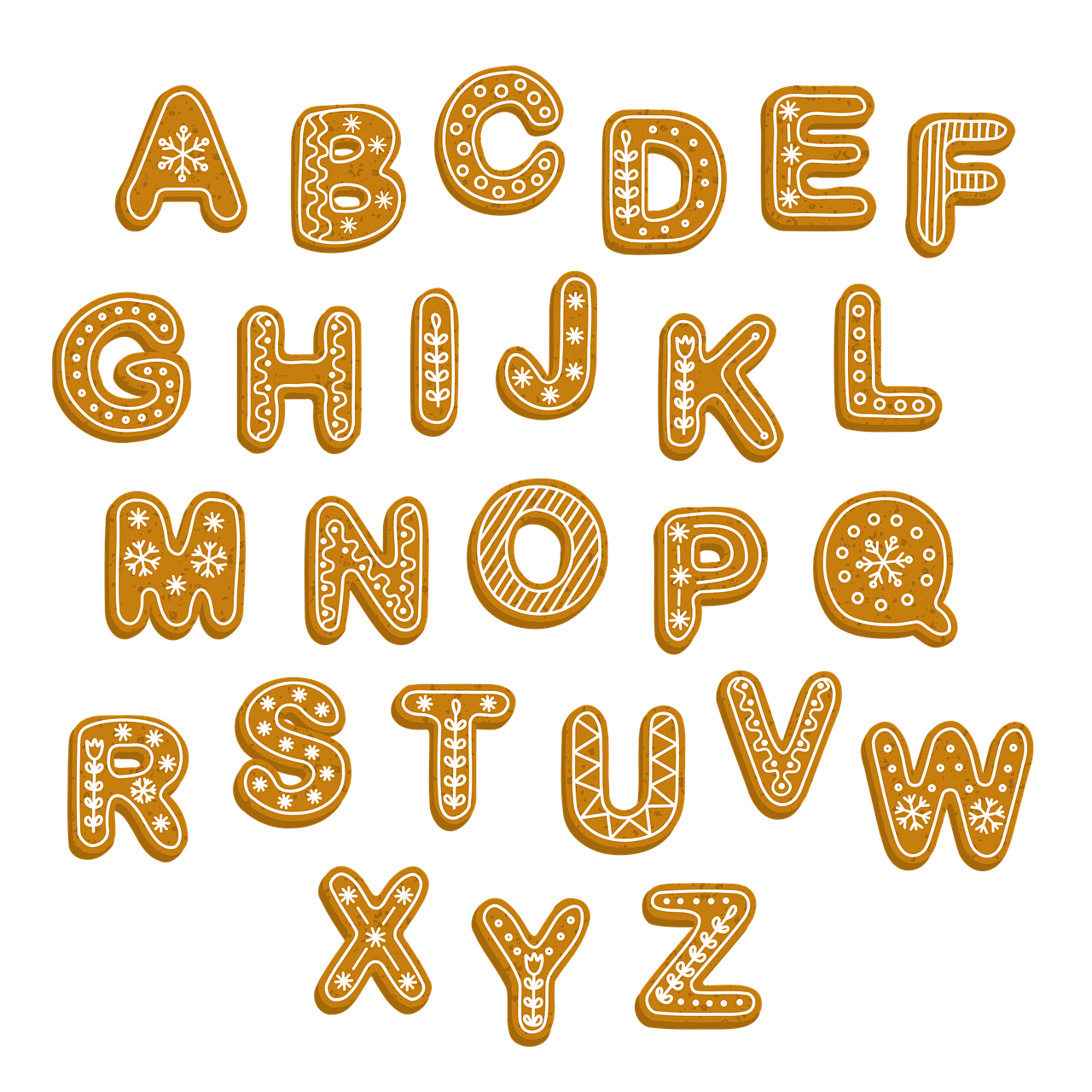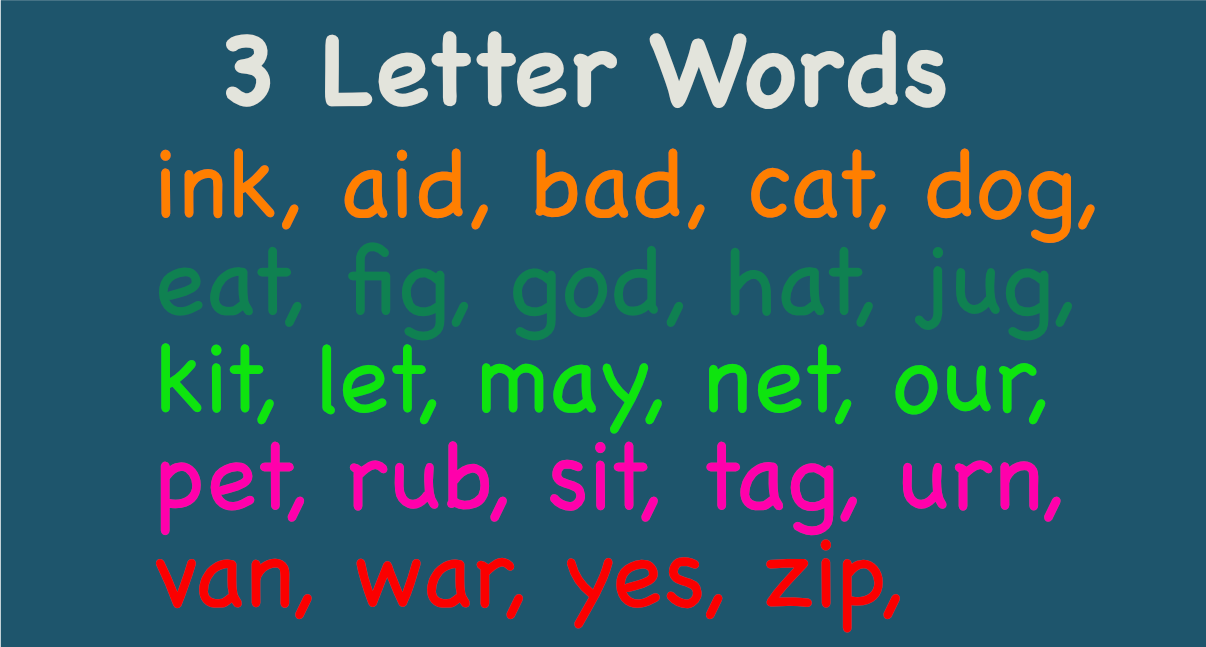
Little kids do their best to grasp math basics. To teach a child how to subtract big numbers you have to build the math basis.
This time, we will explain how to teach subtraction to young kids and what teaching strategies to avoid, so keep reading.
Contents
- 1 How to Teach Kids Math: Subtraction
- 2 How Do Subtraction Facts Work?
- 3 Kindergarten And First Grade Students Are Taught Subtraction
- 4 Practice Your Vocabulary And Signs For Subtraction
- 5 Introducing Subtraction To Kids
- 6 When Should Kids Start Learning How To Subtract?
- 7 Teaching Kids How To Subtract
- 8 Practicing Subtraction Skills
- 9 Use a Number Line
- 10 Challenging Kids With Subtraction Problems
- 11 Give them Harder Problems in Progression
- 12 Why Teach Subtraction?
- 13 How To Teach Subtraction?
- 14 Fun Activities To Help Kids Learn Subtraction
- 15 Sample Problems For Kids To Practice Subtraction
- 16 Final Thoughts
How to Teach Kids Math: Subtraction
There are many different ways to teach kids math, but one of the most important things to focus on is subtraction. Teaching kids subtraction can be tricky, but with the right approach, it can be a fun and learning experience for both you and your child.
How Do Subtraction Facts Work?
You may have heard of subtraction facts, which are subtraction equations that use specific number combinations that are divisible by tens, such as 10 – 5 = 5.
Take them for granted, such as the fact that Earth revolves around the Sun. Here are few instances:
When a number is reduced by zero, its value remains unchanged: 5 – 0 = 5, 9 – 0 = 9, 3 – 0 = 3, and so on.
simple subtraction formulas, such as 10 – 3 = 7, 8 – 4 = 4, 14 – 6 = 8, and so forth.
Why even try to subtract facts? It’s because learning them allows you to mentally subtract numbers without having to think about it; for example, when you see 10 + 5 or 6 + 3, you know the solution right away.
Knowing the subtraction facts by heart makes it easier for you to mentally compute two- and three-digit values.
Kindergarten And First Grade Students Are Taught Subtraction
Here’s how to teach kindergarteners about subtraction:
- On the table in front of your youngster, place a few apples.
- One, two, three, and four are the numbers.
- Describe how apples can be represented by numbers; four apples equal 4.
- Take two apples away.
- Once more count the remaining fruit: 1, 2.
- From four, we took away two, leaving two.
- Let’s now imagine that apples have numbers: 4 – 2 = 2.
Lego components are an alternative. Build an eight-brick-tall Lego tower as an example. If three bricks are taken out, the structure will only be five bricks high.
Practice Your Vocabulary And Signs For Subtraction
Your children should acquire subtraction terminology whenever they begin to relate it with taking something away so that they can perform computations mentally.
These terms for subtraction are:
- The minuend is the number that you deduct something from.
- The number you subtract from the minuend is the subtrahend.
- Subtraction is the cause of the discrepancy.
- Five is the minuend, two is the subtrahend, and three is the difference in the equation 5 – 2 = 3.
- For the act of taking something away, mathematicians use the term “minus” and the corresponding sign “-“.
Introducing Subtraction To Kids
Introducing subtraction to kids can be a fun and exciting experience. One way to make learning subtraction easier for kids is to use physical objects to help illustrate the concepts. For example, you could use beads, blocks, or other small objects to demonstrate how to subtract.
You can also create a subtraction story to help kids learn the concept. For example, you could say that a cat has six mice, and then the cat catches one mouse. This would be subtraction in action, and kids can learn how to subtract by following the story.
Whatever method you choose, make sure to keep it fun and engaging for kids. They will be more likely to learn and remember the concepts if they are enjoying themselves.
When Should Kids Start Learning How To Subtract?
One of the earliest arithmetic concepts kids learn alongside addition is subtraction. Subtraction is taught in schools progressively. Typically, it starts in the first grade. Preschoolers are first exposed to gains and losses during this time, as well as the math operations that reflect them.
Children discover that they can calculate and describe losses using math terminology as well as learn to correlate numbers with specific objects.
Even though the common core standards try their best to avoid introducing sophisticated subtraction theory all at once to students, some kids still have trouble with this operation.
By using straightforward teaching techniques, you can assist your child in learning subtraction. Read on to discover more about subtraction and four methods for teaching it to first-graders and kindergarteners.
Teaching Kids How To Subtract
One way to teach kids how to subtract is to use a number line. Show them how to count down from the number they are subtracting from, and then move their finger along the number line to the answer. This will help them visualize the process and understand why the answer is correct.
Practicing Subtraction Skills
Once students have a strong grasp of addition, they can begin to practice subtraction skills. This involves taking away objects or numbers from a given number. To make subtraction easier for students, counting backwards is often used as a strategy.
Use a Number Line
In order to practice subtraction, first provide students with a number line. This will help them see the difference between the numbers they are subtracting. For instance, if students are subtracting 3 from 8, they can visualize 3 being placed on the number line between 7 and 8. Then, they would take away the 3 from 8, leaving 5 on the number line.
As students practice subtracting, they will begin to develop an understanding of the inverse relationship between addition and subtraction. For instance, if students subtract 5 from 8, they are adding 3 back to the number. This is because 5 – 8 = -3, and 8 + 3 = 11.
Challenging Kids With Subtraction Problems
In order to challenge kids with subtraction problems, parents and educators can try different methods. One method is using word problems. In word problems, the child is given a scenario and has to solve the problem.
This can be a great way to make sure the child is using the subtraction skills they have learned. It can also help to improve their problem-solving skills.
Give them Harder Problems in Progression
Another way to challenge kids with subtraction is to give them harder problems. This can be done by starting with problems that have more digits in them. Or, by giving the child problems that are in a different order than what they are used to. This can help to improve their ability to think outside the box and to problem solve.
Lastly, parents and educators can try to find subtraction problems that are just a little bit too hard for the child. This can be a great way to challenge them and to help them to learn how to persevere. It can also help them to learn how to ask for help when they need it.
Thanks for reading! Hopefully this gives you a good idea of how to teach your kids math, specifically subtraction. Keep in mind that every child is different, so what works for one may not work for another. Be patient and have fun with it, and you’ll see your child’s math skills develop in no time!
Teaching kids subtraction can be a daunting task, but with the right guide, it can be a breeze. In this ultimate guide, we will walk you through everything you need to know to teach your child this important math skill.
Why Teach Subtraction?
When most people think of mathematics, they think of addition and subtraction. While addition is important, subtraction is also a key mathematical operation. In this article, we will discuss why it is important to teach subtraction to students.
One reason why subtraction is important is that it helps students develop their mental math skills. In order to be successful in mathematics, students need to be able to do mental math. Subtraction is a key operation for mental math.
Another reason why subtraction is important is that it helps students understand math concepts. For example, when students are learning about fractions, they need to understand how to subtract fractions. Subtraction is also important for solving word problems.
Finally, subtraction is important for students because it helps them develop their problem-solving skills. In order to solve a subtraction problem, students need to be able to think logically and figure out what operations they need to use. This is a skill that will be helpful for them in other areas of life as well.
How To Teach Subtraction?
There are many ways to teach subtraction. One way is to start with counting. Help the child understand that when they subtract, they are taking away numbers. They can then use this understanding to solve subtraction problems. Another way to teach subtraction is to use flashcards. This can help children learn the steps to solve subtraction problems.
Fun Activities To Help Kids Learn Subtraction
There are all sorts of fun activities that can help kids learn subtraction. One great way to practice is to play subtraction games. There are lots of different games that can be played, and they can be tailored to any level of difficulty. Another fun activity is to use subtraction to solve puzzles. This can help kids learn how to think through a problem and figure out the solution.
Puzzles can be found online or in books, and there are all sorts of different types to choose from. Another way to help kids learn subtraction is to have them practice counting down. This can be done with a variety of objects, such as candy, erasers, or toys.
Kids can also practice subtracting numbers by drawing pictures. This is a great way for kids to see how subtraction works in a real-world situation.
Sample Problems For Kids To Practice Subtraction
Kids will enjoy practicing their subtraction skills with these fun and challenging problems.
- Subtract 7 from 10
- Subtract 8 from 15
- Subtract 9 from 20
- Subtract 10 from 25
- Subtract 11 from 30
- Subtract 12 from 35
- Subtract 13 from 40
- Subtract 14 from 45
- Subtract 15 from 50
- Subtract 16 from 55
Final Thoughts
With this guide, you will be able to teach your child subtraction in a way that is fun and engaging. So don’t wait any longer, get started today!



